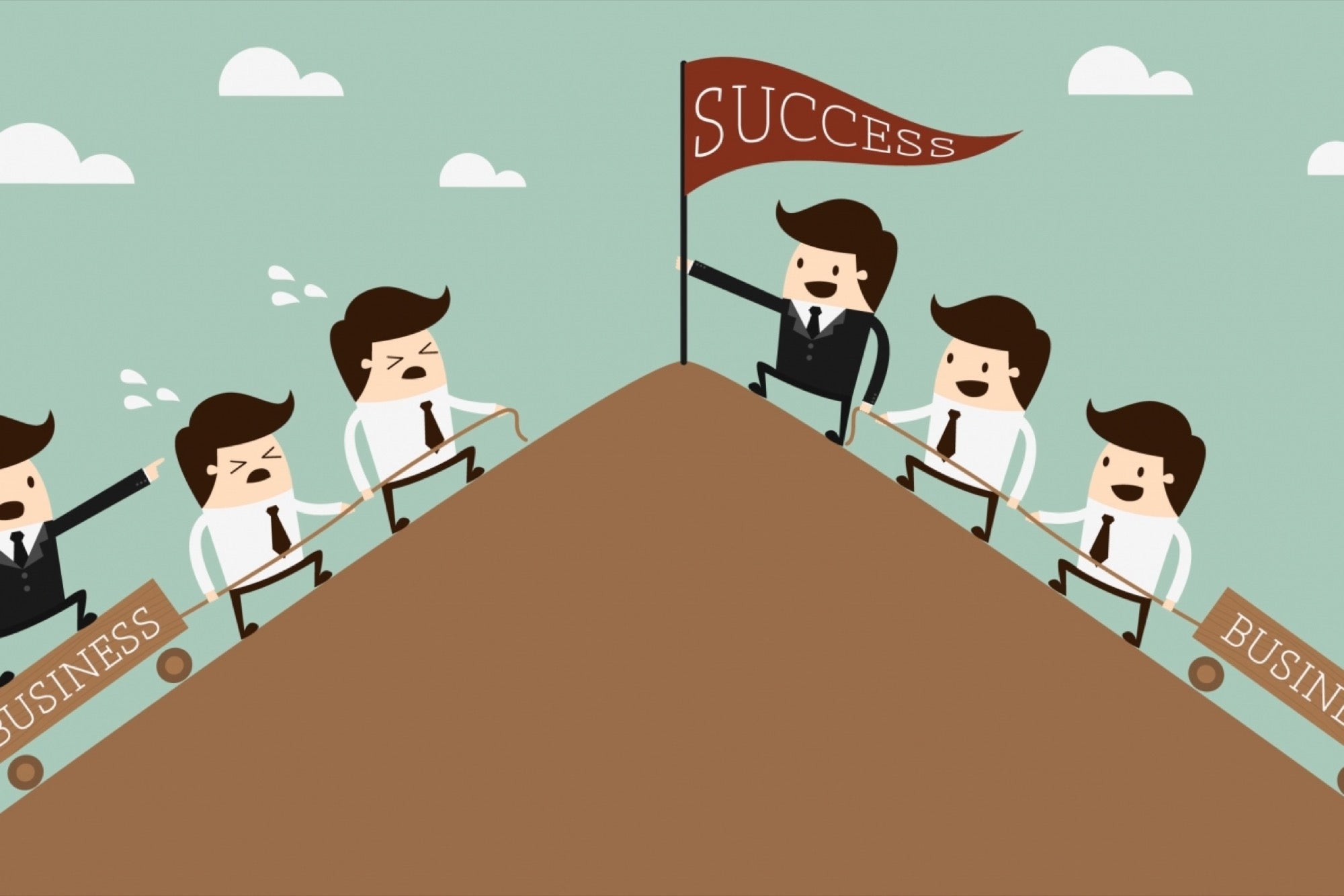Why You Need to Reinvest Half of What You Earn Back Into Your CompanyBy putting money back into your business, you can help it grow quickly, learn from your mistakes and allows you to hire people to scale it even more.
ByKyle Taylor•
Opinions expressed by Entrepreneur contributors are their own.

Just a few years ago, I was saddled with $30,000 in student-loan debt after dropping out of college and taking on freelance jobs just to get by. Now, at the age of 28, I run a website that's on pace to bring in millions of dollars this year.
People often ask how I turned a hobby blog into a lucrative business, and the answer is simple: Since the blog began bringing in money in 2011, I've reinvested half that revenue back into the business each year.
Here's why reinvesting is the best thing you can do for your business, plus examples of how I've applied this strategy to my company.
Related:
It's the best way to foster fast growth
大多数small-business owners start out by pocketing whatever the business earns, considering any company profit to be their salary.
But if you don't put some of that moneyback into your business, you're starving growth. One of your big goals is likely to increase how much you earn, but you'll earn the same amount year after year -- or only make small, incremental increases -- if you don't put a portion of what you earn back into the business.
Because I've followed the philosophy of reinvesting half of what I earn, my business has grown exponentially over the last few years -- far faster than it would've if I'd pocketed all the profits each year. Have a look at how I've put money back into my business and the snowball effect it created:
- 2011:A year after I launchedThe Penny Hoarder, the business brought in about $55,000 through a combination of affiliate ads, Adsense, and sponsored posts and links. That year, I recognized that driving traffic to the website would be crucial to making money, so I made my first big investment in the site: a $20,000 redesign.
- 2012:The business earned $111,000. Again I reinvested half, spending heavily on traffic-generating tactics like advertising on Facebook and Outbrain, sponsoring contests for readers, and another redesign.
- 2013:This was the year the business really started taking off, and we brought in $216,000. Once again I reinvested heavily, hiring freelance writers to beef up site content and developers to improve infrastructure and design. I also continued to purchase ads to drive traffic, and spent more on tools like website hosting as the readership grew.
- 2014:Last year, all of those investments began to pay dividends when my one-employee company brought in $3.2 million. About 75 percent of that revenue came from affiliate advertising, so I continued to invest in driving readers to the website, spending a total of $1.8 million on ads. The majority of that spend was on recommendation engines like Taboola and Outbrain, but near the end of the year I transitioned almost entirely to Facebook ads.
- 2015:This year, we're projected to bring in about $10 million. You can bet I'm reinvesting half, spending on development, design, Facebook ads, and a new mobile app, as well as editors and writers so we can continue to offer top-notch money advice.
The company's revenue curve never would've been this steep had I not invested so heavily in growth right from the beginning.
Related:Escalate Revenue and Growth With These 5 Strategies
It's an opportunity to learn
All those investments I made in the business? Not all of them were successful. I lost money on advertising before I figured out how to run effective ads. One year, I spent $20,000 on a redesign I hated before scrapping the entire project and starting over. I hired the wrong people, including writers who didn't fit the voice and personality of the site and confused our readers.
但这些经历帮助我找出how to run the successful site that continues to grow today. They helped me learn how to better target audiences through Facebook advertising, how to write more effective copy, and how to hire the right people to help me. Those mistakes were vital in identifying a formula for success.
As youinvest in your business, be prepared to make mistakes. Even when you do your very best, hindsight might reveal that not every dollar was well spent. But don't let that keep you from spending; think of it as investing not only in your business but in yourself.
You can't do everything yourself
You will max out as a sole business owner, either in terms of your time or your skills or both. On your own, you simply won't be able to accomplish everything your business needs to grow.
To take your business to the next level, you'll have tohire freelancers, contractors, maybe even full-time employees. This is a scary step for most entrepreneurs, as it means spending a good chunk of revenue. But if you do it in a smart way, it will be one of the best moves you make.
While I just hired my first employee this year, I've long invested in contractors and freelancers including developers, designers and writers who have helped me get my business where it is today.
The key is to identify what you're good at andoutsource the other pieces. It can be difficult to let go of certain responsibilities and put your hard-earned dollars back into the company but in the long run, your business will be better for it.
Related:Warren Buffett Knows It. Reinvesting in Your Business Can Lead to Huge Growth.











